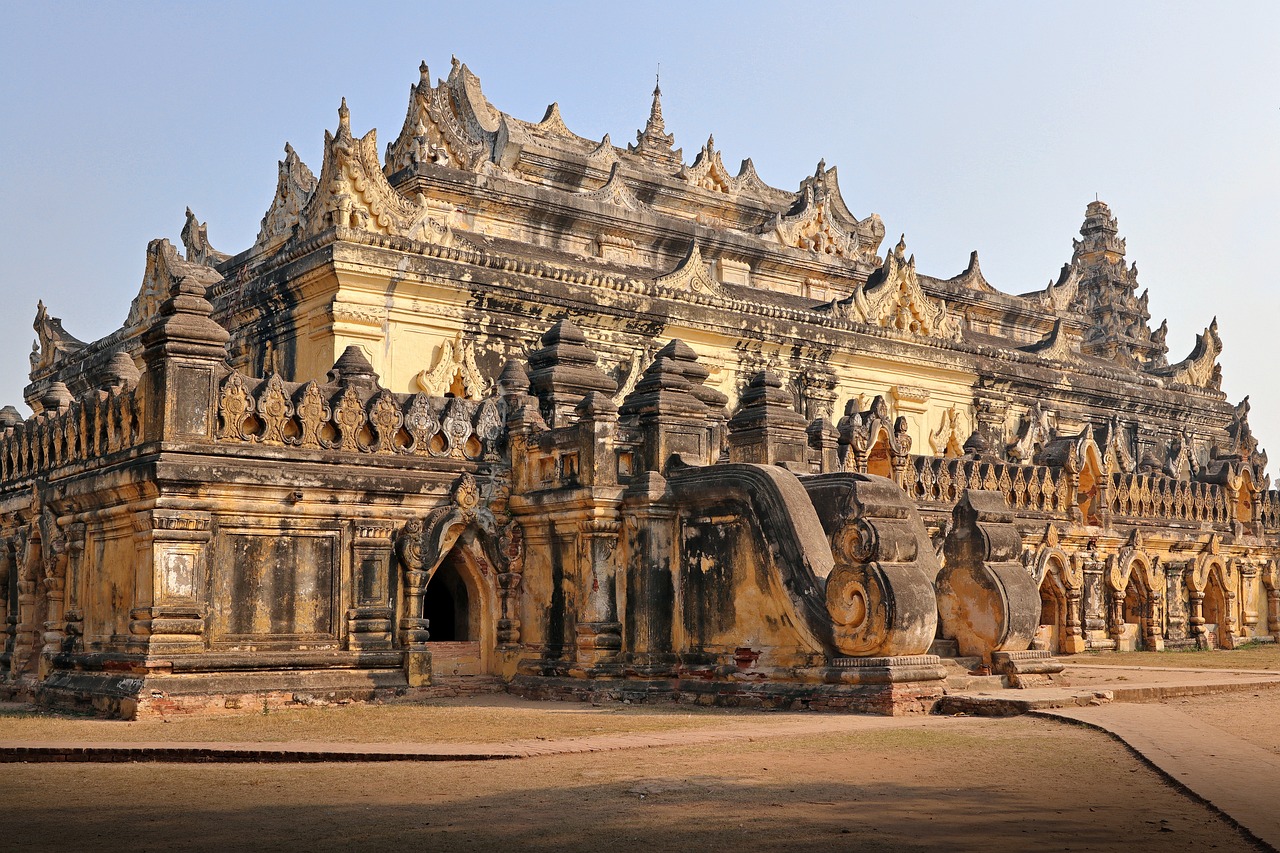Mazu, like many deities within the Chinese pantheon, was once an ordinary individual who was elevated to divinity after her demise. Her legacy is significant, so much so that she has been inscribed on the UNESCO list of intangible cultural heritage. However, referring to her solely as a Chinese goddess may be a point of contention for some, as her influence appears to be particularly deep-rooted in Taiwan.
Mazu’s Chinese Name
The name Mazu can be dissected into two components: “ma,” which translates to “mother” in Chinese, and “zu,” meaning “ancestor.” Consequently, Mazu embodies the meaning of “Ancestor Mother” or “Eternal Mother.” This name is also rendered as Matsu, believed to be the earliest Chinese variant. Officially, in Taiwan, she is revered as the “Holy Heavenly Mother” and the “Empress of Heaven,” highlighting her continued prominence on the island.
This reverence is largely tied to her connection with the sea and the livelihoods of those who depend on it.
The Life of Mazu
Mazu was born in the 10th century and was originally named Lin Moniang—often shortened to Lin Mo. The name Lin Moniang means “silent girl,” which reflects her characteristic aloofness. Hailing from Fujian province, she participated in her family’s fishing endeavors. While the men in her family were at sea, Lin Mo often engaged in weaving at home.
Her ascent to divine status began during one of these weaving sessions around 960 AD when she is believed to have performed a significant miracle before passing away at the young age of 26. Alternatively, it is said that she ascended to heaven at this age.
Mazu’s Divine Status
The miracle that led to Mazu’s deification unfolded during a perilous fishing trip undertaken by her father and brothers. Caught in a treacherous storm, they faced dire circumstances. During this crisis, Mazu entered a trance state while weaving, during which she sensed the danger threatening her family. With her powers, she transported them to safety, yet her mother, misunderstanding the situation, interrupted her trance, leading to the tragic drowning of her eldest sibling.
Upon returning home, her family corroborated her account of the eerie event, solidifying her miraculous reputation.
The Goddess of Sea and Water
In recognition of her miraculous act, Mazu became venerated as the goddess of the sea and water, holding a significant place in Asian mythology. She serves as a guardian for sailors, fishermen, and travelers; her influence extends beyond mere maritime protection to embody a protective force over life itself.
Mazu’s Ascension and Recognition
Mazu’s ascent to heaven further fueled her legend, intertwining her story with numerous accounts of maritime rescues across history. Official recognition of her divine status occurred during the Song dynasty when the government acknowledged her as a goddess, particularly after a purported miracle saved an imperial envoy at sea in the 12th century. This official title represented societal values that the government sought to promote, illustrating her importance in the cultural landscape of China.
Celebrating Mazu
Initially, after her elevation to divine status, worshippers erected shrines in Southern China. However, her devotion surged in the 17th century when she became prominent in Taiwan.
A Question of Identity: Taiwanese or Chinese Goddess?
There exists some debate over whether Mazu should be classified as a Taiwanese or Chinese goddess. Although originally from the Chinese mainland, her narrative spread widely thanks to Chinese emigrants, leading to her veneration in regions accessible by sea, such as Taiwan, Japan, and Vietnam. Yet, her devotion significantly flourished in Taiwan, where she is officially recognized as a guiding deity—eventually earning her place on the UNESCO list of intangible cultural heritage.
UNESCO Recognition
Her inclusion on the UNESCO list stems from her embodiment of various beliefs and customs that shape the identities of those in Taiwan and Fujian. This includes traditional practices and significant festivals, such as those held on Meizhou Island, where her worshippers stop their daily routines to honor her with sacrifices.
Beyond the major festivals, numerous smaller celebrations continue to reflect her multifaceted cultural significance, wherein devotees invoke her blessings for various aspects of life.
Mazu Temples and Iconography
Mazu temples serve as vibrant spaces of worship and artistic expression, often intricately designed and exuding both color and tranquility. Mazu is typically depicted in red robes in religious imagery, while statues represent her adorned in empress-like, jewel-encrusted attire.
Often, she sits on a throne flanked by two demons known as “Thousand Mile Eye” and “With-the-Wind-Ear,” who represent foes she has vanquished. These demons, entranced by Mazu’s power, sought marriage, yet she rebuffed them, leveraging her superior strength and converting them into allies.
Pilgrimages in Mazu’s Honor
Annually, a pilgrimage occurs in Mazu’s honor on her birthdate, the twenty-third day of the third month of the lunar calendar, which typically falls in late March. During this event, her statue is paraded through the community, reinforcing her connection with the land and the cultural identity of her followers.
In summary, Mazu’s story as both a revered goddess and a cultural icon remains a testament to her profound influence on maritime traditions and beliefs, particularly in Taiwan.



